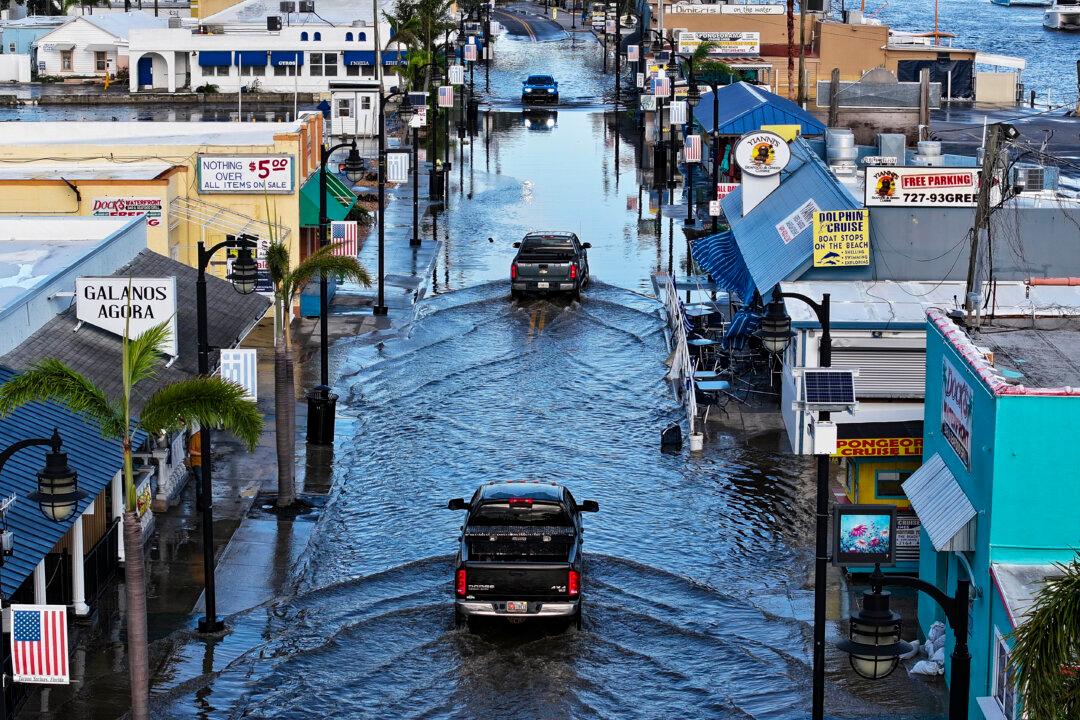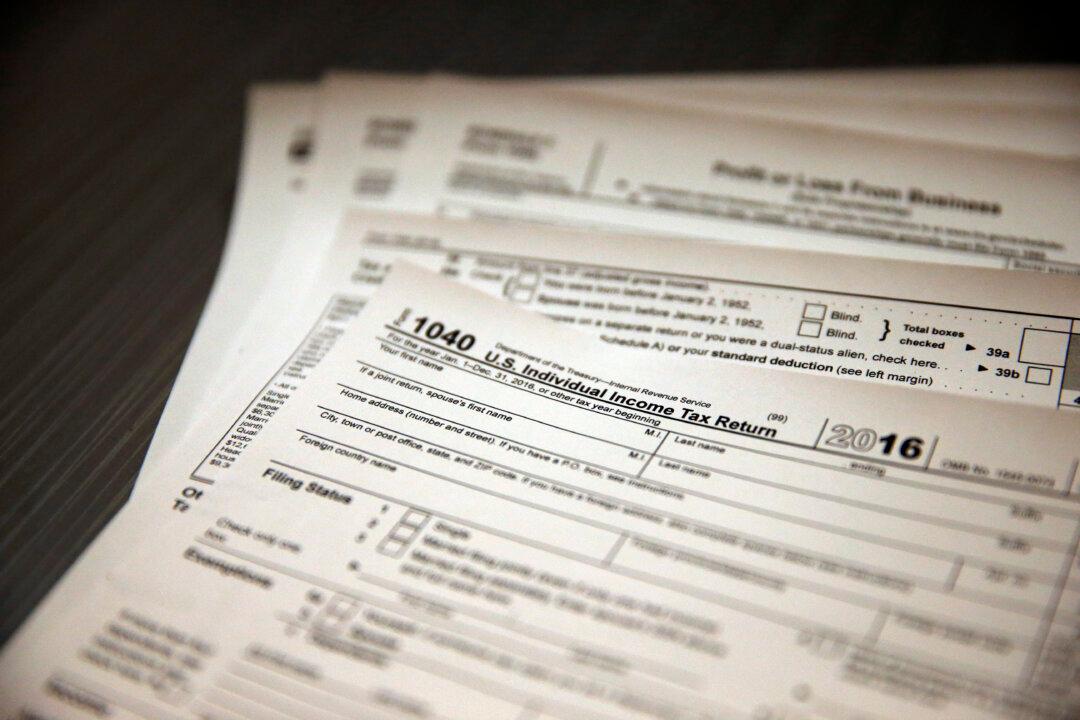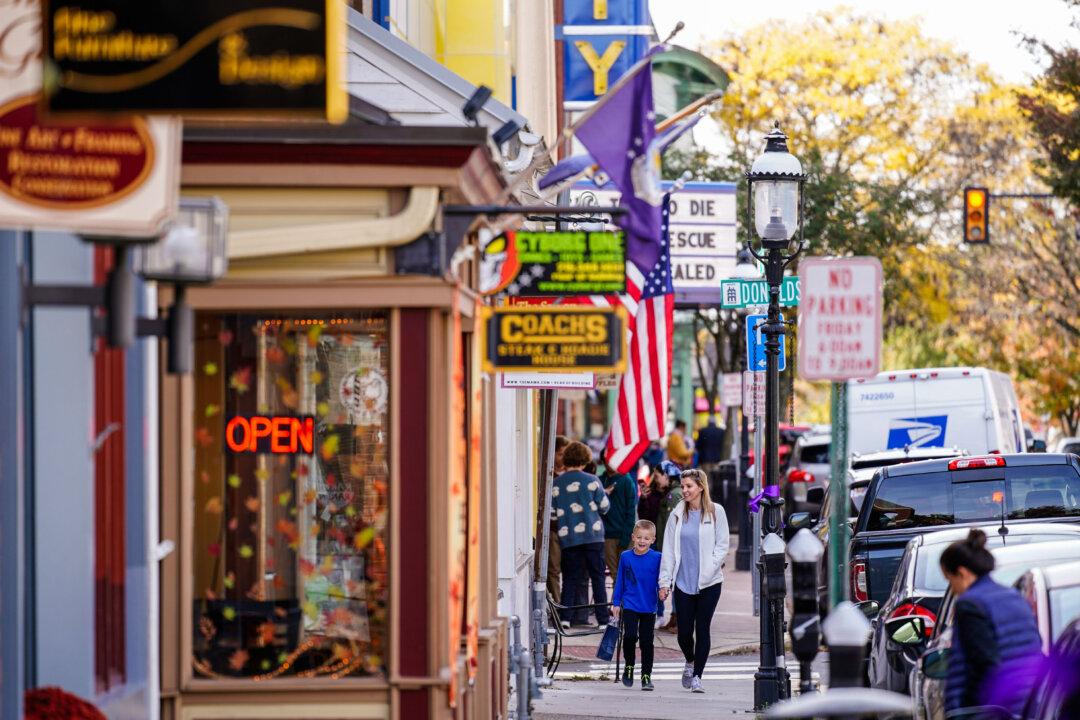News Analysis
When Spanish explorer Ponce de León first landed on the eastern coast of a large peninsula in the New World in 1513, he named the entire region Florida, meaning full of flowers. Had he landed in late summer 2024, however, he might have been inclined to call the region Tierra de Huracanes, Tierra Inundada (flooding lands), or Tierra de Evacuaciones, as all three have recently been in abundance across the state.




